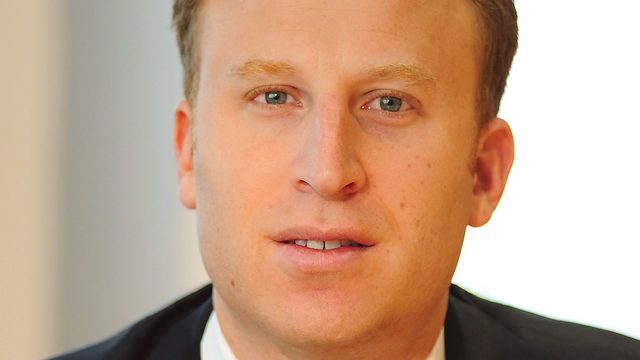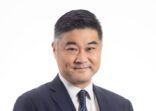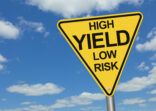“The danger of targeting specific yields can result in taking too much risk,” said Isaacs, who is also deputy manager of the M&G Optimal Income Fund.
There are periods when an investor might want to target a higher yield or income because valuations are low, which could be due to an over-reaction to bad news.
However, the focus should be on risk. Taking the right level of risk is the challenging part of fixed income investing.
“The last thing we want to be doing is taking risk that we’re not going to be paid for,” he said.
The firm’s fixed income team is responsible for around $220bn of assets under management, of which the Optimal Income strategy accounts for $26bn.
“It is our most flexible strategy,” he added, explaining that the fund invests in the whole range of bonds, from government to investment-grade corporate and high-yield bonds, as well as securitised bonds, derivatives and equities.
In an unconstrained bond fund, such as the M&G Optimal Income Fund, the fund manager can add up to 20% of equity exposure to what is foremost a fixed income strategy.
Equity exposure is currently at 3% of the portfolio, lower than the fund’s long-term average of 5%. It has reached 15% in the past.
“There are very specific reasons why we would buy equities,” Isaacs said. In the process of analysing company credit, the fund’s analysts look at its capital structure and the cost of debt versus the cost of equity.
If there is a big differential between the two forms of long-term funding, the company is likely to tackle it by issuing more debt. This would depress the prices of its bonds, while the proceeds of the new issues would likely go to dividends or share buy-backs, lifting the share prices.
“We would take the advantage of owning the equity if it looks cheap versus the debt,” Isaacs explained.
Bond spectrum
Richard Woolnough, who has managed the optimal income fund since inception, is responsible for the macroeconomic input and for making the investment decisions on asset allocation, duration and yield curve positioning. For selection of bonds, he relies on specialists from the firm’s fixed income team, who share their responsibilities across several strategies.
The strategy is focused on developed markets, with 95% of exposure to Europe and North America, according to data from FE, as of 31 July. Government bonds account for 28% of assets. The fund’s base currency is the pound sterling and the fund hedges all its foreign currency exposures.
“Recently, we’ve reduced some of our high yield exposure, and added to the investment grade exposure,” Isaacs said. “We’ve favoured financials over non-financials, and within industrials, we’ve favoured telecommunications companies,” he added.
Financials constituted 18% and telecommunications companies 20% of the portfolio on 31 July. “Big issuances [of telcos] into the markets pressured valuations, so they look relatively cheap to us,” he explained.
The fund manager is staying away from acquiring longer maturity government bonds in developed markets, as they deliver low yields while posing a rate risk should central banks slow down their bond purchases policies. German government bonds still constitute 19% of the portfolio.
“At his stage of the cycle and with valuations where they are, [investing in] fixed income or corporate bond markets is more about earning the income that the asset class generates, rather than in a significant capital upside like we saw in 2016 and to some extent so far this year,” Isaacs said.
The strategy is still positioned for the risk-on environment, where risk assets do well and risk-free ones underperform, said Isaacs. An onset of a risk-off environment, perhaps due to geopolitical shocks or an economic downturn, would hurt the fund’s performance, he admitted.
“Our view is that the US economy and the global economy will continue to grow in 2018. While North Korea is clearly very topical at the moment, ultimately some diplomatic solution will be found,” he said.
Three-year performance of the M&G Optimal Income Fund vs its category average


















